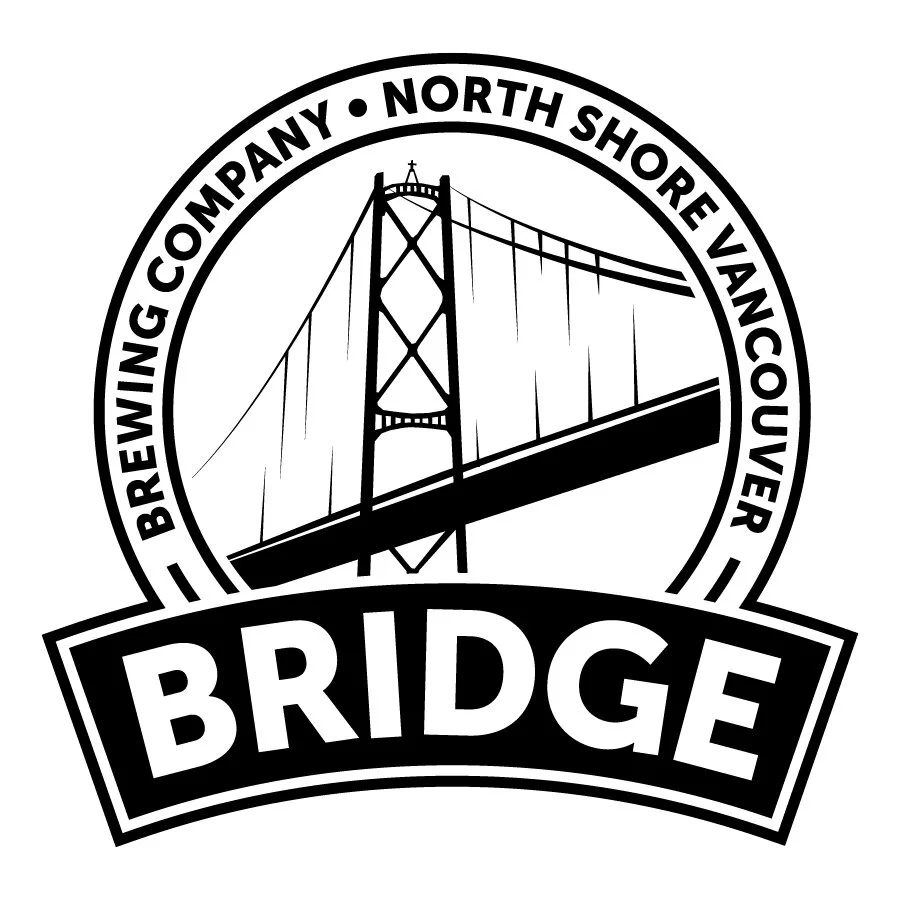Training run Q & A – What’s the distance for today’s run?
“What’s the distance for the Sunday training runs? That info would help me plan my training on days when I can’t make it to the official run.”
This recent question on our Facebook community page prompted a discussion amongst our Knee Knacker Sunday training run leaders. It’s a question that comes up every year (usually followed by “what pace should I be running?” and “how does my marathon time convert into a Knee Knacker time?”).
We don’t provide distances–and at this point, any distances we give would be estimates at best, sure to be argued by various GPS-toting colleagues–because our philosophy is that training on the route (or similar terrain and conditions) is the best sort of training for the Knee Knacker.
Running on mountainous trails brings its own idiosyncracies, so the Sunday training routes were not picked so much for distance, but as a progression of time spent on the trail. Over the years, we’ve found this training regimen to be surprisingly effective (for really only two months to get people ‘up to speed’ for race day).
Additionally, it’s more important to train on differing styles of terrain in given periods of time, instead of focussing on the actual distance.
For example, a hilly or technical section is nothing like the same distance on a road or a flat gravel footpath. Imagine plotting a 3km course on the Seawall versus doing the Grouse Grind….sounds absurd? Not at all, as this weekend’s run incorporates a very serious climb up Mountain Highway to the top of Grouse Mountain, followed by (an optional) run down the BCMC.
If you really need to know the distance, check out “Exploring Vancouver’s North Shore Mountains” by Roger and Ethel Freeman. It’s a bit old now, but the authors were fastidious about walking every trail (twice) with a wheel to measure distances to the tenth of a kilometre! It’s still by far the best hiking guide to the North Shore.










